Summary
- An IMEI number is a unique identifier associated with phones, tablets, and other devices with a cellular modem.
- It’s used by cell carriers to authenticate devices on their network.
- IMEI numbers also aid in tracking lost or stolen phones, device compatibility checks, and unlock requests.
As the world moved from feature phones to smartphones over the last few decades, a tiny detail called an IMEI number has remained a constant. But why is it significant, and what does its existence mean for you? Let’s find out.
What Is an IMEI Number?
The IMEI or International Mobile Equipment Identity number is a unique identifier assigned to cellular or mobile devices worldwide. It plays a vital role in a mobile device’s functionality and security. The GSMA (Global System for Mobile Communications Association) is a global body responsible for managing and overseeing the IMEI system.
An IMEI number is primarily used by mobile phones. However, other devices that have a built-in cellular modem, including tablets, mobile hotspots, smartwatches, IoT, and smart home products, also have an IMEI number.
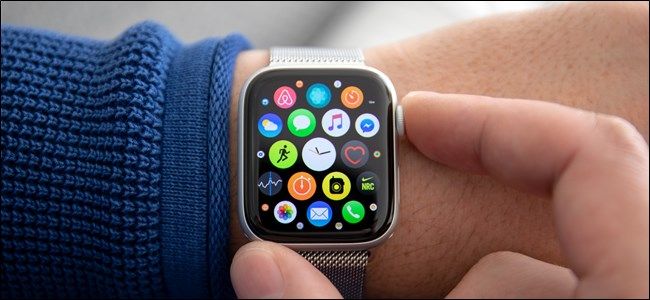
Related
How to Find the Serial Number and IMEI for Your Apple Watch
Want to check an Apple Watch’s serial number or IMEI code before purchasing a used model? Here’s how to find them.
The manufacturer assigns it during a device’s production. However, the manufacturer isn’t solely responsible for it, as part of it is generated by reporting bodies present in different regions, which the GSMA has appointed.
The primary role of the IMEI number is to help cell carriers identify mobile devices on their networks. Carriers use IMEI numbers to recognize and authenticate devices, and manufacturers sometimes use IMEI to identify devices for warranty and after-sales support.
Typically, IMEI is a 15-digit code. This 15-digit identifier comprises three main components – a Type Allocation Code (TAC), a Serial Number (SNR), and a Check Digit (CD).
The TAC is the first eight digits of an IMEI number. It includes two main components: the Reporting Body (RB) identifier and the Type Identifier (TI). The TAC is generated by the reporting bodies for specific device models and primarily includes identifiers about the device model, brand owner, and OEM manufacturer.
The SNR is six digits long and comes after the TAC. It’s the unique serial number assigned by the device manufacturer. The manufacturer calculates the 15th digit, or CD, using the Luhn algorithm and uses it to verify the validity and accuracy of the entire IMEI number.
Device manufacturers also use an extension of IMEI called IMEISV, which has 16 digits. It skips the CD and includes two digits about the device’s software version at the end.
The IMEI number was introduced in the late 1980s or early 1990s, but the exact year of its introduction is unclear. Its initial composition included six digits as TAC and two digits as a final assembly code (FAC). The FAC was phased out around 2003, and the TAC was expanded to eight digits. Since then, the same composition has been used.
Although several organizations have contributed to IMEI’s current state, the GSM Association (GSMA) has been responsible for its management since 2000 and maintains the IMEI database.

Related
How to Find Your Android Phone’s IMEI Number
Sometimes you need to find your device’s IMEI number. Here’s how to do it…along with when you shouldn’t share it.
How Can I Find My Device’s IMEI Number?
It’s easy to find your device’s IMEI number, particularly on a phone or a tablet . All you have to do is type the USSD code “*#06*” and your phone will display its IMEI number. Dual-SIM phones have two IMEI numbers.
Besides the USSD code, the IMEI number can be found in the device settings. It’s typically present under the “About device” option. Some manufacturers also print the IMEI number on the back of the phone or engrave it on the SIM card tray. Moreover, the device packaging typically includes the IMEI number.
For other devices, you can look at any stickers on the device’s body, the packaging, or the supplied documentation to find the IMEI number. If you are unable to get the IMEI number, you can ask the device manufacturer for help.
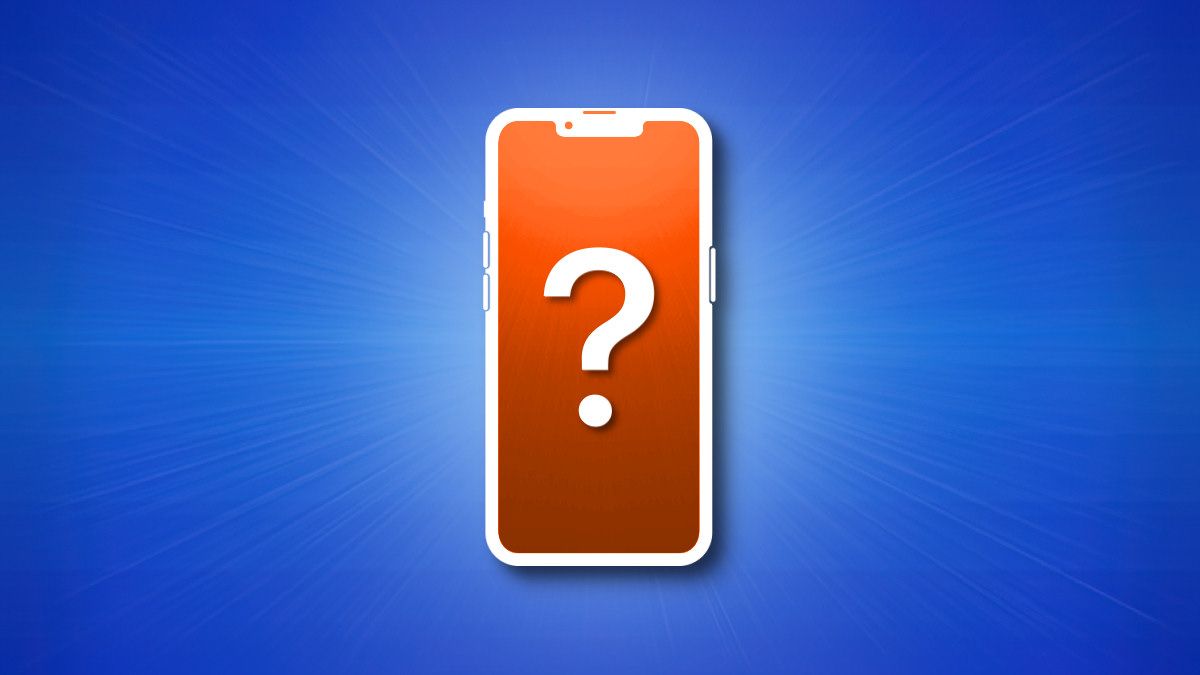
Related
How to Check Your iPhone’s IMEI Number
Reveal the hidden ID code that lurks inside every iPhone.
When Is an IMEI Helpful to Me?
IMEI numbers come in handy when your phone is lost or stolen. You can report the number to your carrier to blacklist it. This way, the thief or anyone who finds your lost phone won’t be able to use it, even after inserting a new SIM from a different cell operator. It’s possible because carriers use something called an Equipment Identity Register (EIR). It’s a database that keeps information about valid and blacklisted IMEI numbers.
Although each carrier has its own EIR, different countries also have a Central Equipment Identity Register (CEIR), and GSMA maintains a global IMEI Database (IMEI DB). The GSMA database has information about valid and blacklisted IMEI numbers.

Related
What to Do Before (and After) Your Phone Is Stolen
Afraid your phone might be stolen? Here’s how to prevent your data from falling into the wrong hands, and how to deal with a phone that’s been stolen.
By blacklisting the IMEI number of your lost or stolen phone, you reduce the chances of it being misused or used by anyone else. This acts as a deterrent for thieves.
Law enforcement can also use IMEI numbers to track and recover stolen mobile devices. While this does not guarantee recovery, it can help. However, the mobile device needs to be switched on and connected to a cell network for this to work.
Moreover, while buying a pre-owned mobile device, you can use its IMEI number to confirm it’s not stolen and blacklisted. Several online tools are available that can offer this information for free. One such free tool is IMEI Pro.
The IMEI number can also be used to confirm whether a phone is compatible with a cell carrier. Many carriers, including Verizon and T-Mobile, have an IMEI lookup on their website to check compatibility.
In other use cases, you may need the IMEI number when placing a smartphone unlock request, getting it insured, filing an insurance claim, or switching mobile carriers.
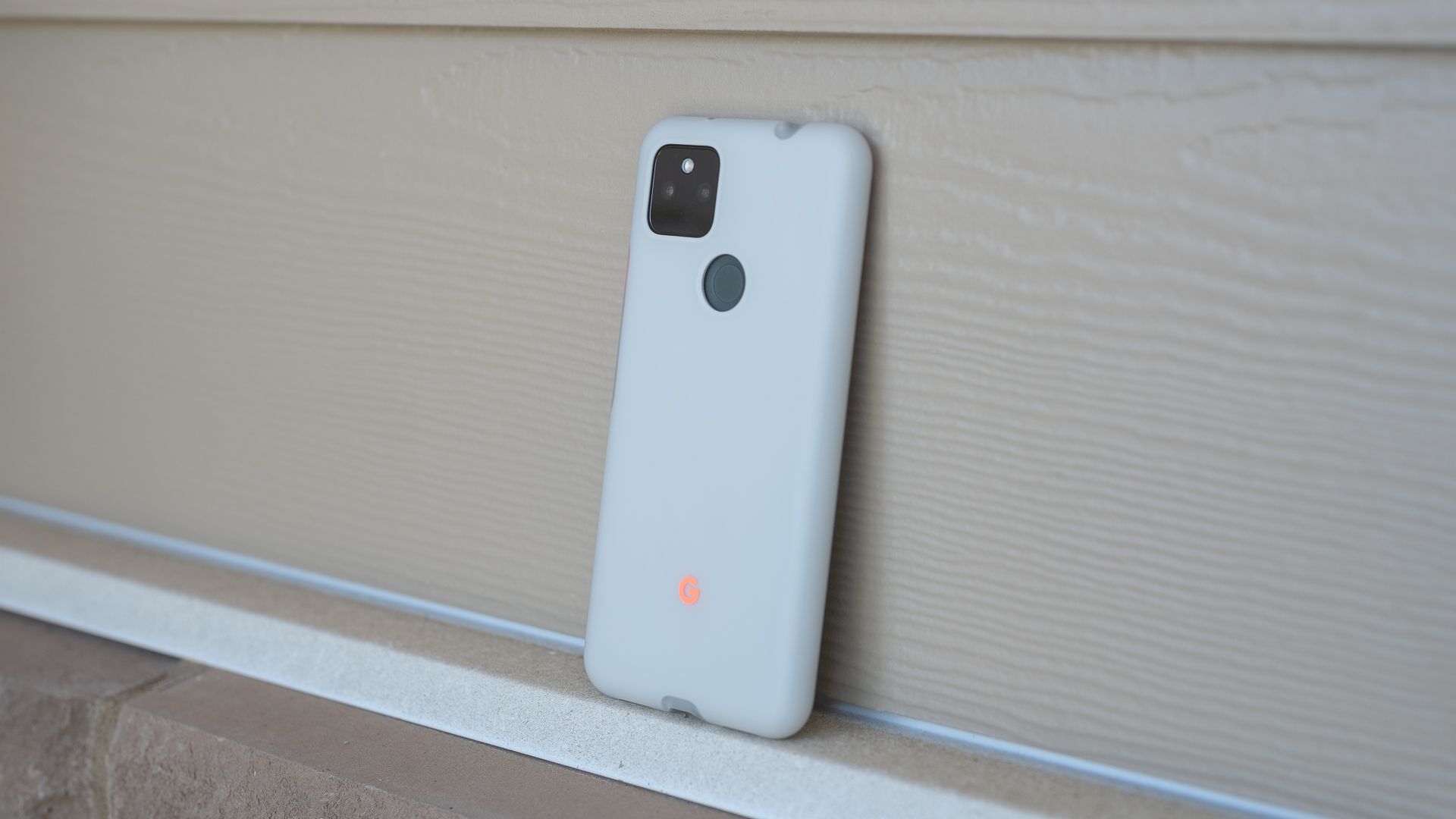
Related
5 Things to Check When Buying a Used Android Phone
Shopping for a used Android phone? Read this first.
Privacy Concerns?
Although IMEI numbers are essential for device identification and security, there are a couple of privacy concerns associated with them. For example, as an IMEI number is unique, your cell carrier, law enforcement, or government authorities can potentially use it to track your location by combining it with cell tower data. Regular folks can’t use it to track anyone. So, for most people, it’s not a major concern.
Additionally, some folks fear that mobile OS developers, such as Apple and Google, have the capability to query IMEI data from your smartphone, which can be used to help them build a profile of you for any number of reasons, including advertising purposes. However, there seems to be no evidence of this being done.
All in all, an IMEI number is an essential identifier of any mobile device. While you may not need to worry about it in your everyday use, it can be helpful in several situations that we have outlined above. It’s also a good idea to keep it private, like any other unique identifier in your life, to avoid any potential misuse.




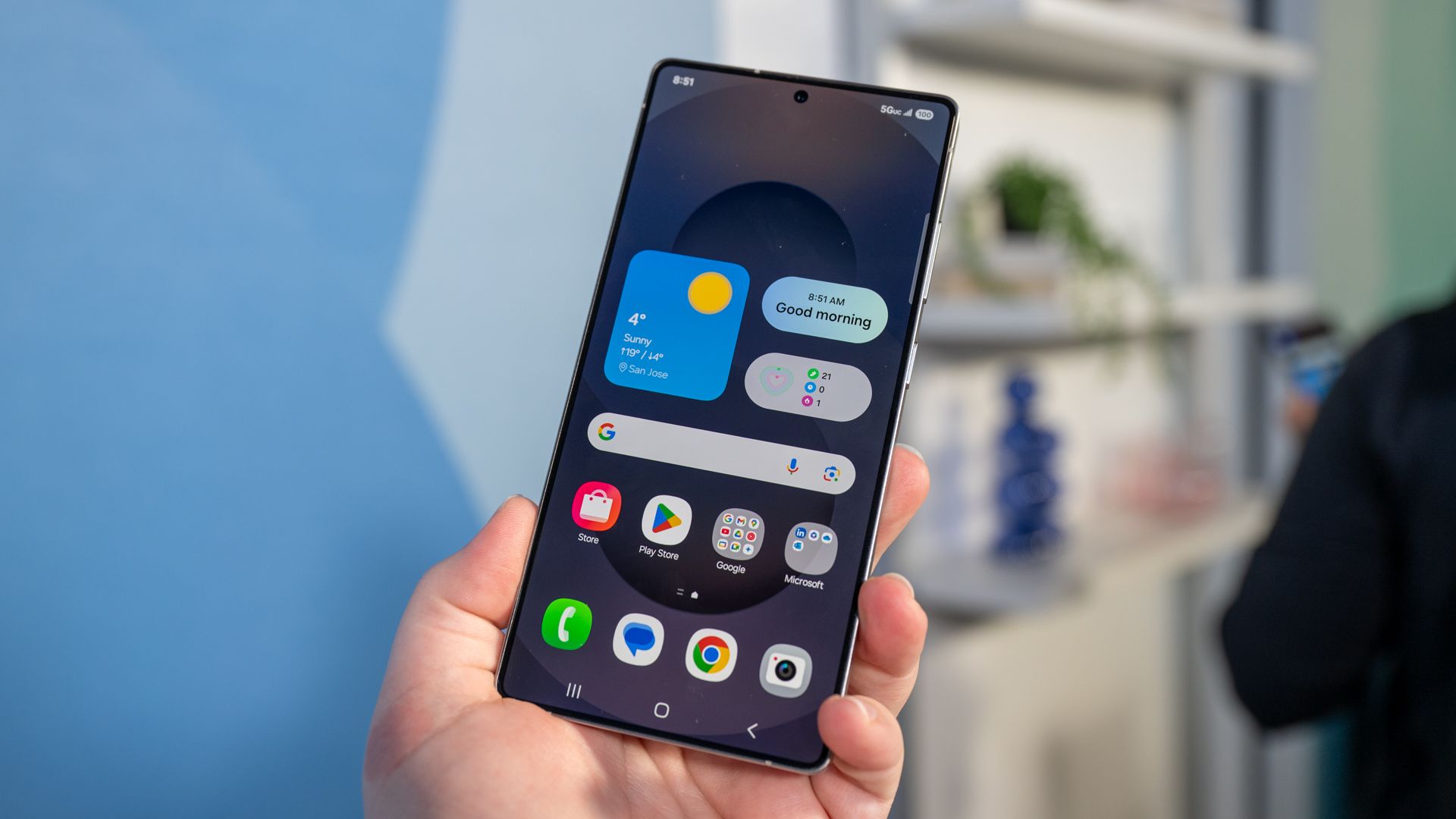
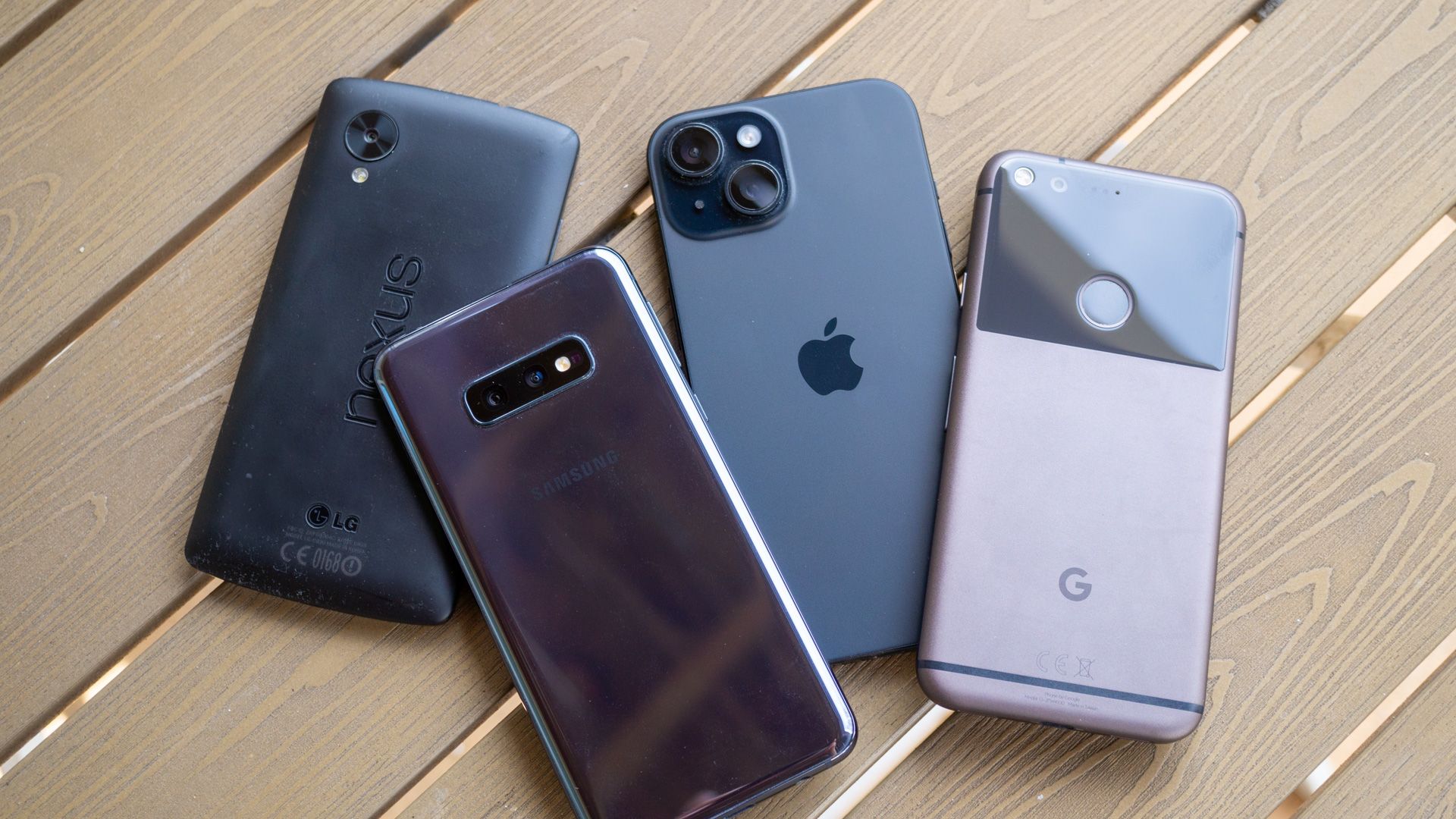






Leave a Comment
Your email address will not be published. Required fields are marked *